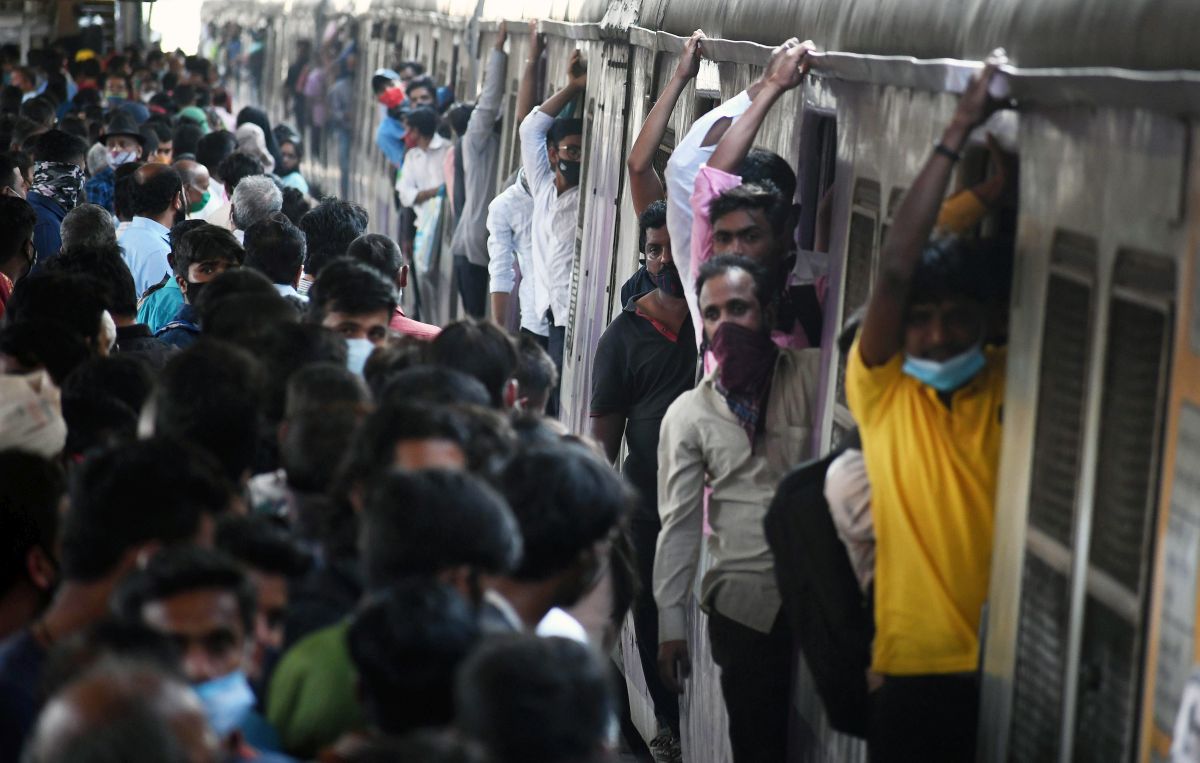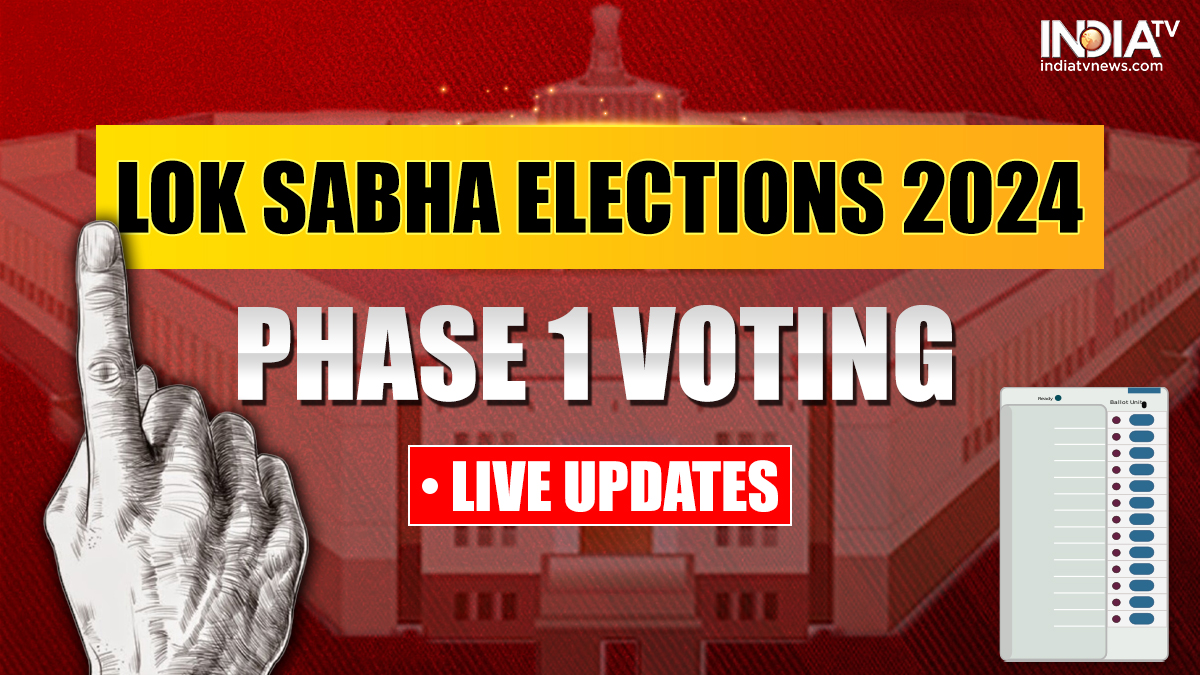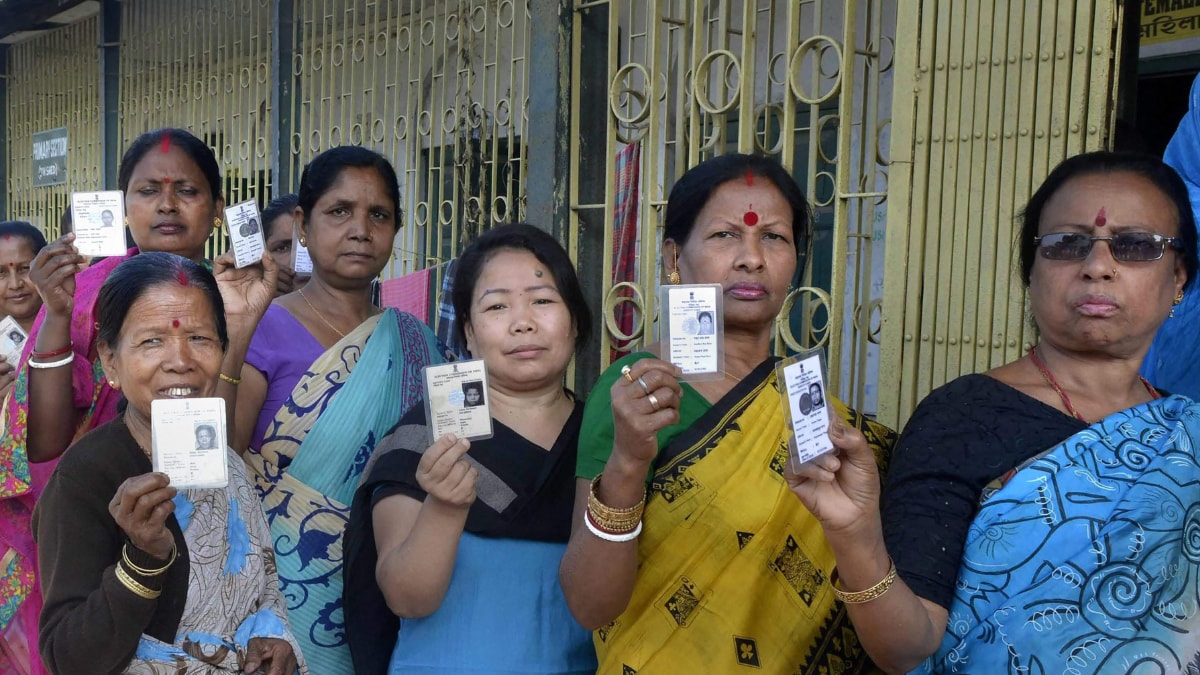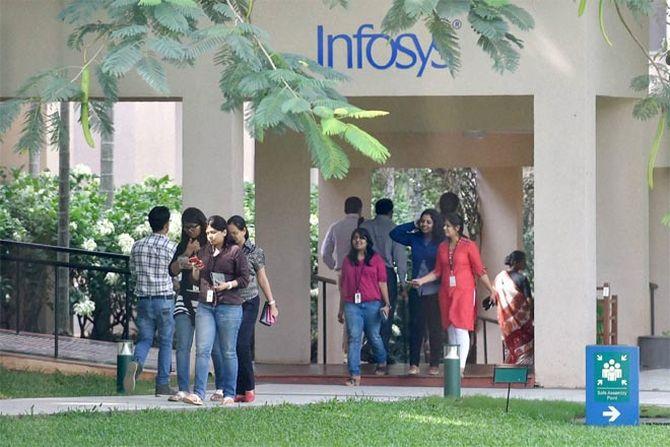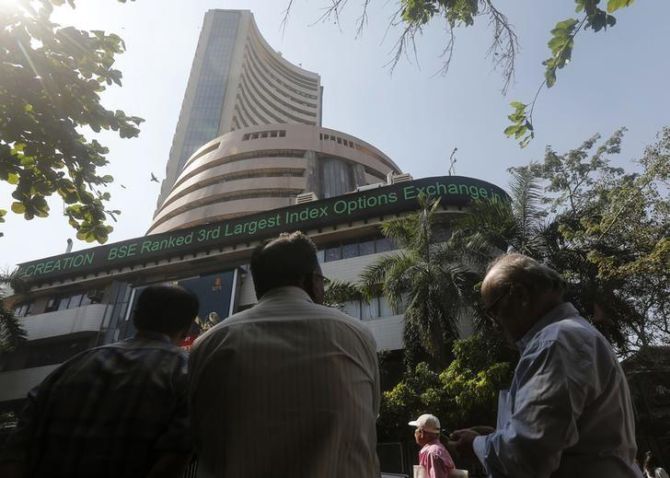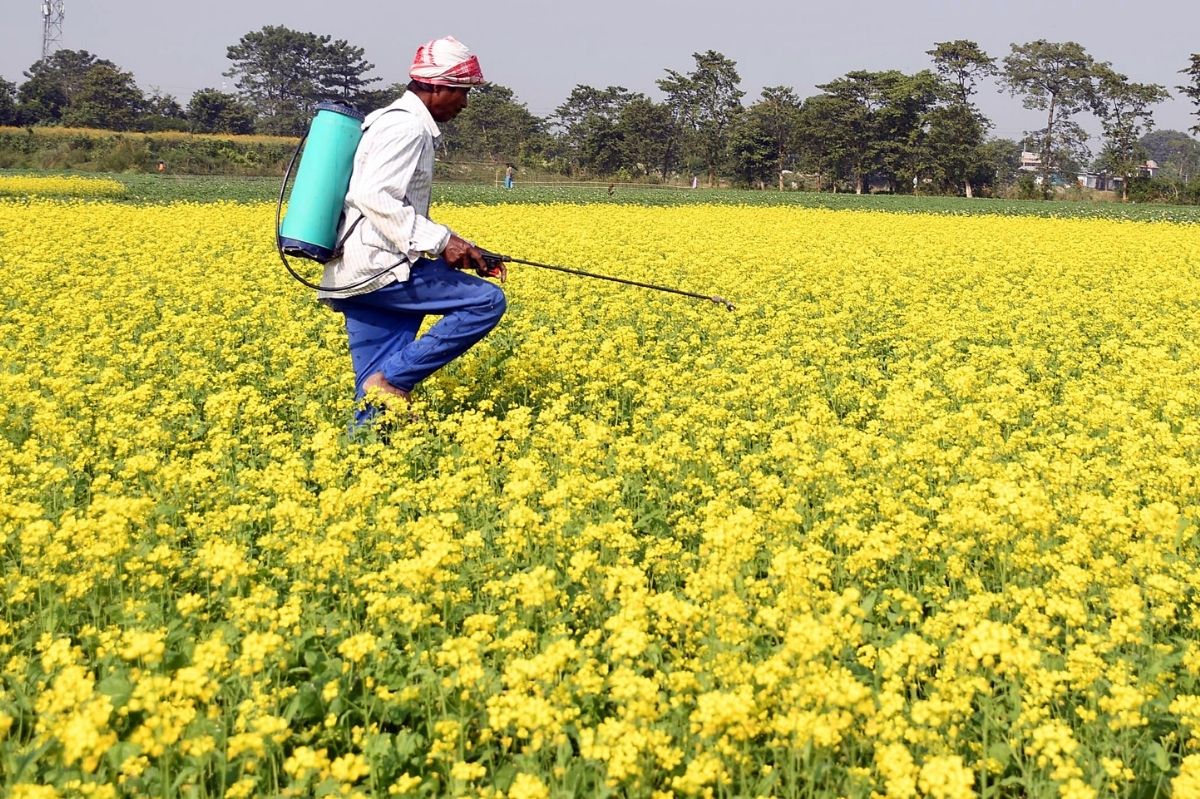‘80% of the agricultural and concrete inhabitants do not have sufficient buying energy.’
IMAGE: A crowded railway station in Mumbai. Kindly notice the picture has solely been posted for representational functions. Photograph: ANI Photo
Recently launched knowledge on India’s financial development by the National Statistical Office revealed that India’s financial development decelerated to 4.4% within the October-December 2022 quarter.
Former RBI governor Dr G Raghuram Rajan warned that India was dangerously near the Hindu charge of development of 4%.
Are we actually getting in that path? Shobha Warrier/Rediff.com asks Dr Surajit Das, assistant professor of economics, Jawaharlal Nehru University.
“There will not be sufficient stimulus within the economic system to make sure larger development and employment,” Dr Das explains within the first of a two-part interview:
Raghuram Rajan mentioned India was dangerously near the Hindu charge of development on account of not a lot personal funding, excessive rates of interest and in addition slowing international development.
Do you agree with this assertion particularly the Hindu charge of development half?
It was Dr Raj Krishna who coined the time period Hindu charge of development in 1978.
It is a mean development charge of three.5%-4% which the Indian economic system skilled for a very long time; from Independence until 1980.
After liberalisation, the expansion charge elevated and within the Nineties, we skilled round 6%-6.5% development each year on a mean.
2003-2007 was the excessive development interval when our common development charge was 8%.
Then it got here down just a little bit after the monetary disaster of 2008 to round 6.5% and once more it rose to six.5%-7%.
In the latest previous, earlier than the lockdown itself, the expansion charge had come all the way down to 4%.
Many persons are of the opinion that after the implementation of GST and demonetisation, the expansion charge suffered so much.
You really feel the primary purpose was each demonetisation and the implementation of GST affected MSMEs badly?
Yes. In truth, whereas huge companies made enormous revenue throughout the lockdown and even earlier than, funding within the small and medium scale enterprises in proportion to the GDP declined.
As a consequence, the non-food credit score offtake from business banks in proportion to GDP in India was coming down even earlier than the lockdown.
That was occurring as a result of in nearly all of the industries, there was extra capability as they weren’t working at full capability stage output.
It means they have been truly producing lower than their potential.
It was as a result of there was lack of demand available in the market for the commodities they have been producing.
So, why would they make new funding, which might be an addition to the inventory of capital, when the prevailing inventory of capital was not optimally utilised?
And particularly in manufacturing, there was no funding occurring.
For GDP to develop, you’ll be able to both improve authorities expenditure or make sure the export minus import development at the next charge.
But due to the worldwide state of affairs, the opportunity of export led development is dim.
In truth, the export development charge is without doubt one of the lowest now.
At the identical time, we’re depending on import of oil and lots of different gadgets.
Though we export gems and jewelry, the uncooked materials comes from South Africa.
They get polished in Surat and Karol Bagh (in Delhi) earlier than we export them to the Western market.
While the export development charge will not be that top, the import charge has gone up due to excessive oil value.
So, the export minus import development, which is internet export, will not be rising at a really quick charge.
It means, there may be not sufficient stimulus within the economic system to make sure larger development and employment.
The solely possibility accessible to this authorities is to extend expenditure.
The authorities elevated capital expenditure on this yr’s Budget by 30% which the finance minister mentioned would give confidence to personal traders. Do you assume so?
Yes, it’s true that capital expenditure in proportion to GDP has been elevated considerably.
In my opinion, the capital expenditure internet of divestment ought to have some constructive influence. Divestment is like damaging capital expenditure.
The downside is, it has been finished at the price of income expenditure.
In truth, the entire authorities expenditure to GDP truly got here down.
That’s as a result of whenever you diminished income expenditure, the entire expenditure to GDP ratio got here down, though you’ve elevated capital expenditure.
Most of the expenditure for the social sectors like well being, schooling, MNERGA, subsidies for cooking gasoline, meals and fertiliser contribute income expenditure.
If you cut back income expenditure when folks would not have sufficient buying energy, the demand available in the market will come down affecting development negatively.
If you need to cut back unemployment and improve development charge, you do not cut back income expenditure.
You imply, what the finance minister proposed within the Budget is not going to have a constructive influence on the economic system?
See, if I’m an investor, I’ve to borrow cash from a business financial institution or from some monetary non-banking monetary establishment.
I borrow at 12%-13% each year and make investments. But if the anticipated charge of return will not be larger than the speed of curiosity, it’s a loss-making enterprise for me.
Unless the anticipated charge of return is larger than the price of borrowing, no investor will take the danger.
Until folks have buying energy, till there may be sufficient demand for items and providers, no person could have the arrogance to speculate.
Do you are feeling there may be not a lot cash within the fingers of shoppers and that’s why there isn’t a demand available in the market?
That is the primary purpose why there isn’t a demand available in the market.
As there isn’t a consumption expenditure knowledge accessible after 2011-2012, what I did was, I took the 2011-2012 numbers and transformed them into 2019-2020 costs.
And I got here to the conclusion that 80% of our inhabitants, for all sensible functions, continues to be poor.
The whole month-to-month household consumption expenditure, not per capita, of a rural household of 4 is beneath Rs 12,500 per thirty days.
And for 80% of city households, the household consumption expenditure is decrease than Rs 23,000 per thirty days in 2019-2020 costs.
It means 80% of the agricultural and concrete inhabitants do not have sufficient buying energy.
And 22% of the labour drive didn’t get any wages earlier than the lockdown. During the lockdown, the quantity went up. So many individuals have been working with zero earnings.
Feature Presentation: Aslam Hunani/Rediff.com
